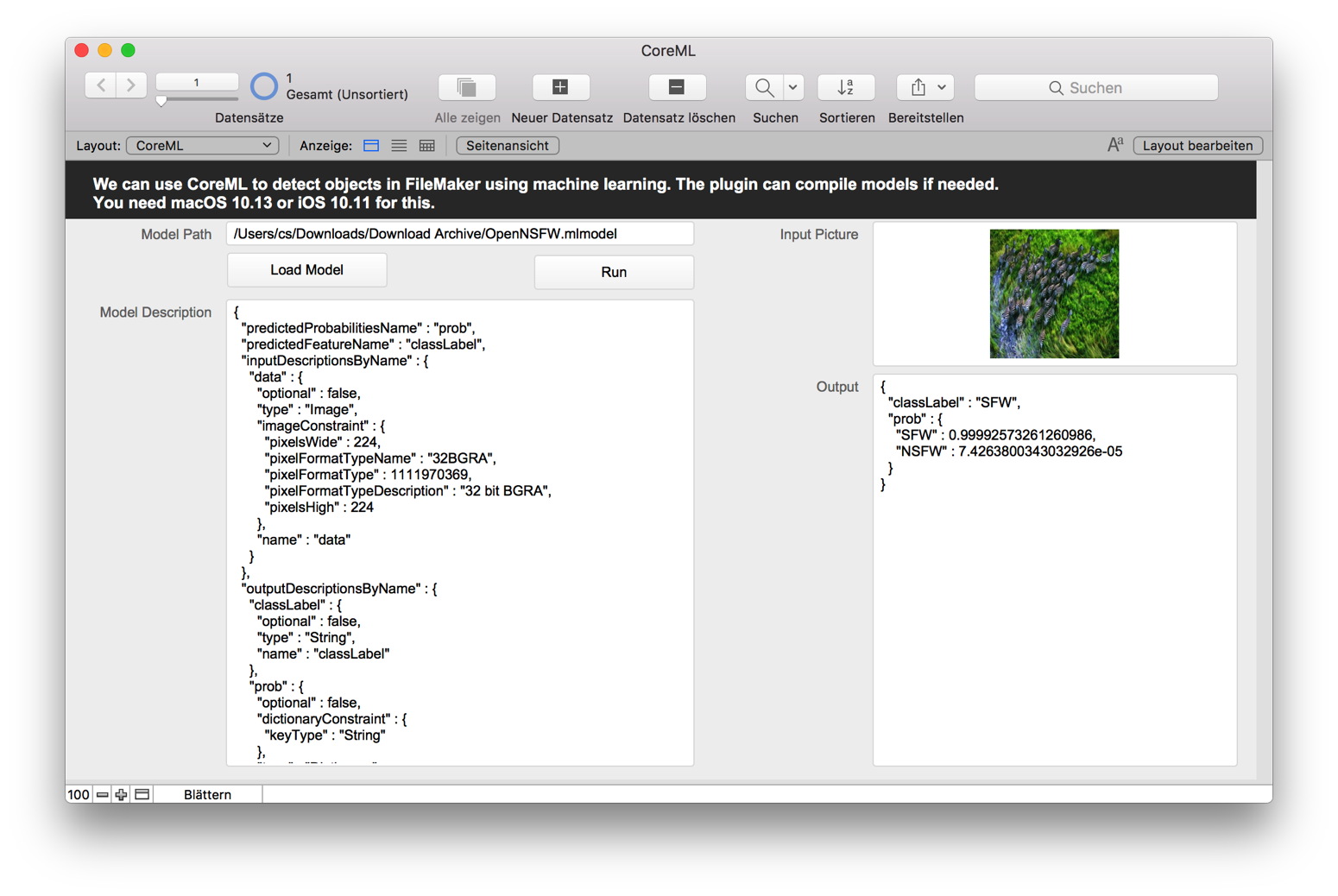
You can have the collected matches sorted, and have identical matches grouped together. This variation is a piece of text you can compose using backreferences, just like the replacement text for a search and replace. Instead of outputting the line on which a match was found, it will output the regex match itself, or a variation of it. PowerGREP’s “collect” feature is a unique and useful variation on the traditional regular expression search. Saving lists that you use regularly into a PowerGREP action file will save you a lot of time. You can specify as many search and replace operations as you want, to be executed together, one after the other, on the same files. Naturally, an undo feature is available as well.Īnother benefit is PowerGREP’s ability to work with lists of regular expressions. Replace or revert individual or selected matches in PowerGREP’s full-featured file editor. Replace or revert all matches or all matches in a file after previewing or executing the search-and-replace. One of the benefits of using PowerGREP for such tasks, is that you can preview the replacements, and inspect the context of the replacements, just like with the search function described above. If not, I suggest you download a copy of PowerGREP and take a look at the examples in the help file. In your Startup.If you already have some experience with regular expressions, then you already know that searching and replacing with regular expressions and backreferences is a powerful way to maintain all sorts of text files. Public TestModel(IHttpClientFactory httpClientFactory) Private readonly IHttpClientFactory _httpClientFactory (this is not tested and written from memory)Īlso, you should be using IHttpClientFactory and not create a new HttpClient each time. "application/pdf", Path.GetFileName(targetFile.LocalPath)) TargetFile, HttpCompletionOption.ResponseHeadersRead) Var resp = await _httpClientFactory.CreateClient().GetAsync( Take a look at this example: var targetFile = new Uri("")

You can make this much more memory efficient by just handing the stream off from the request to the response. The issue is you are disposing the stream and not setting the position of the stream to zero.

Return File(fs, "application/pdf", "FileDownloadName.png") Using var fs = new FileStream("favicon.png", FileMode.Create) įs.Write(imageBytes, 0, imageBytes.Length)

Test.cshtml namespace LoanCalculator.Pagesīyte imageBytes = await httpClient.GetByteArrayAsync(url) System.IO.FileStream.ReadAsync(byte buffer, int offset, int count, "ObjectDisposedException: Cannot access a closed file. This is as close as I've gotten but am encountering the error I am attempting to get a PDF to download upon the press of a button using.


 0 kommentar(er)
0 kommentar(er)
